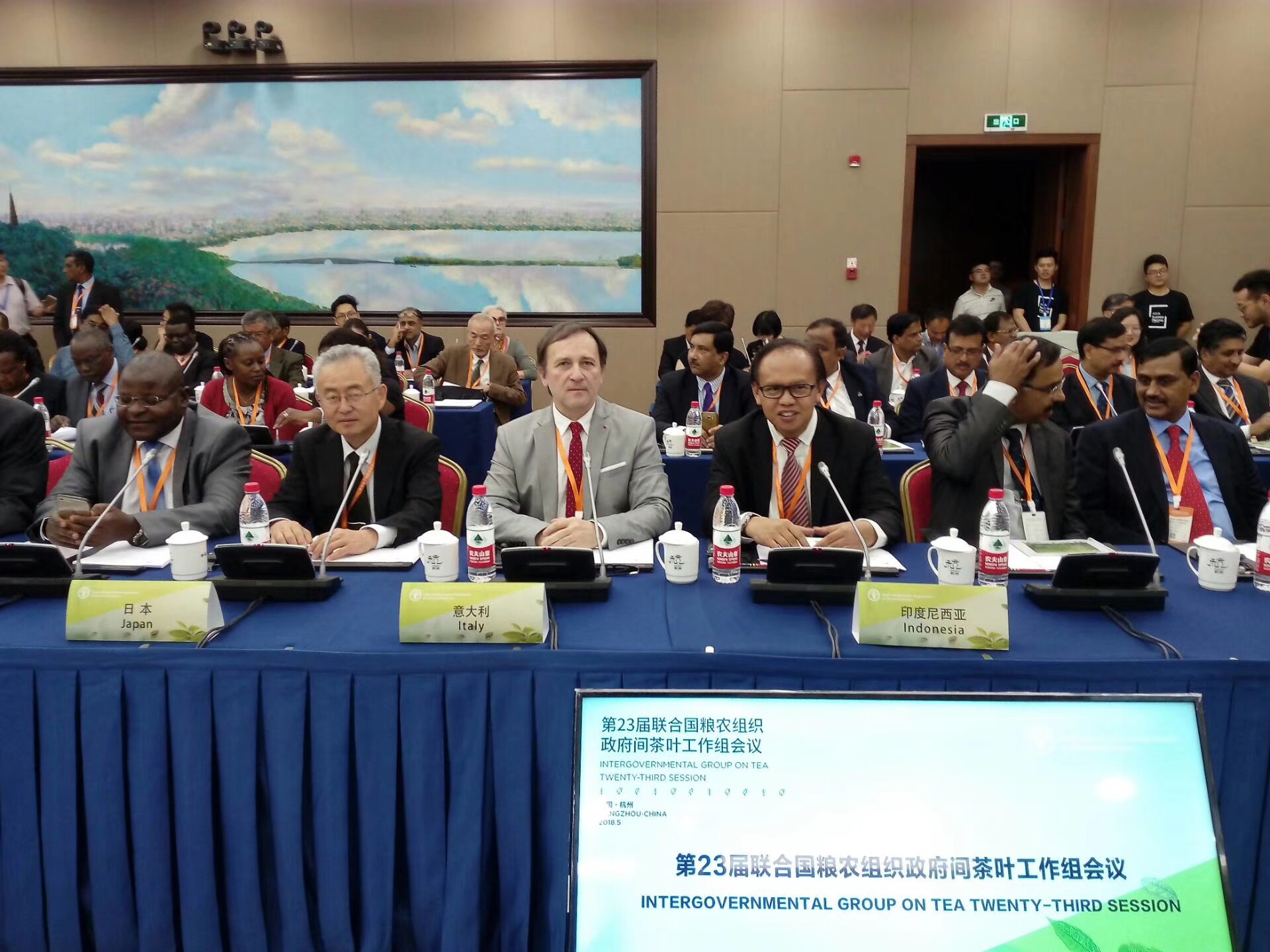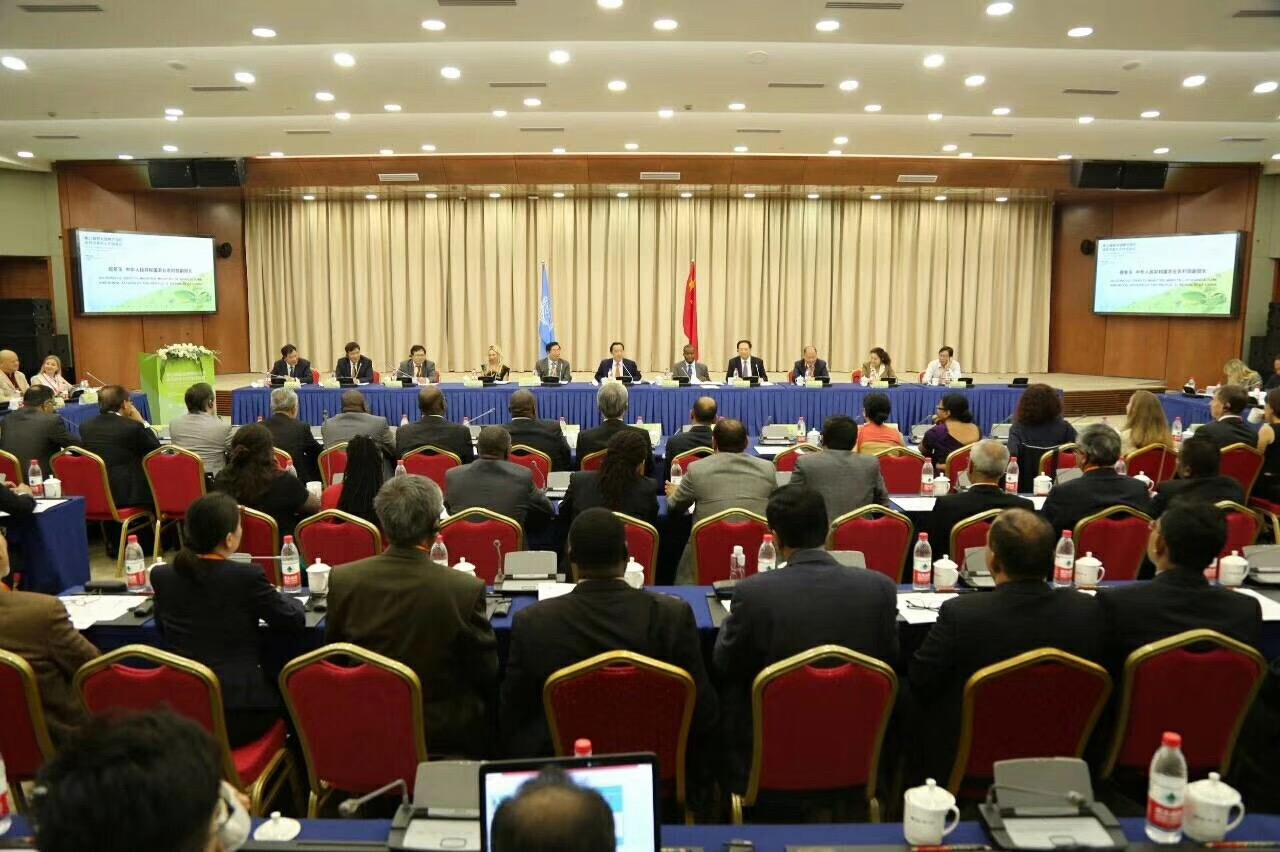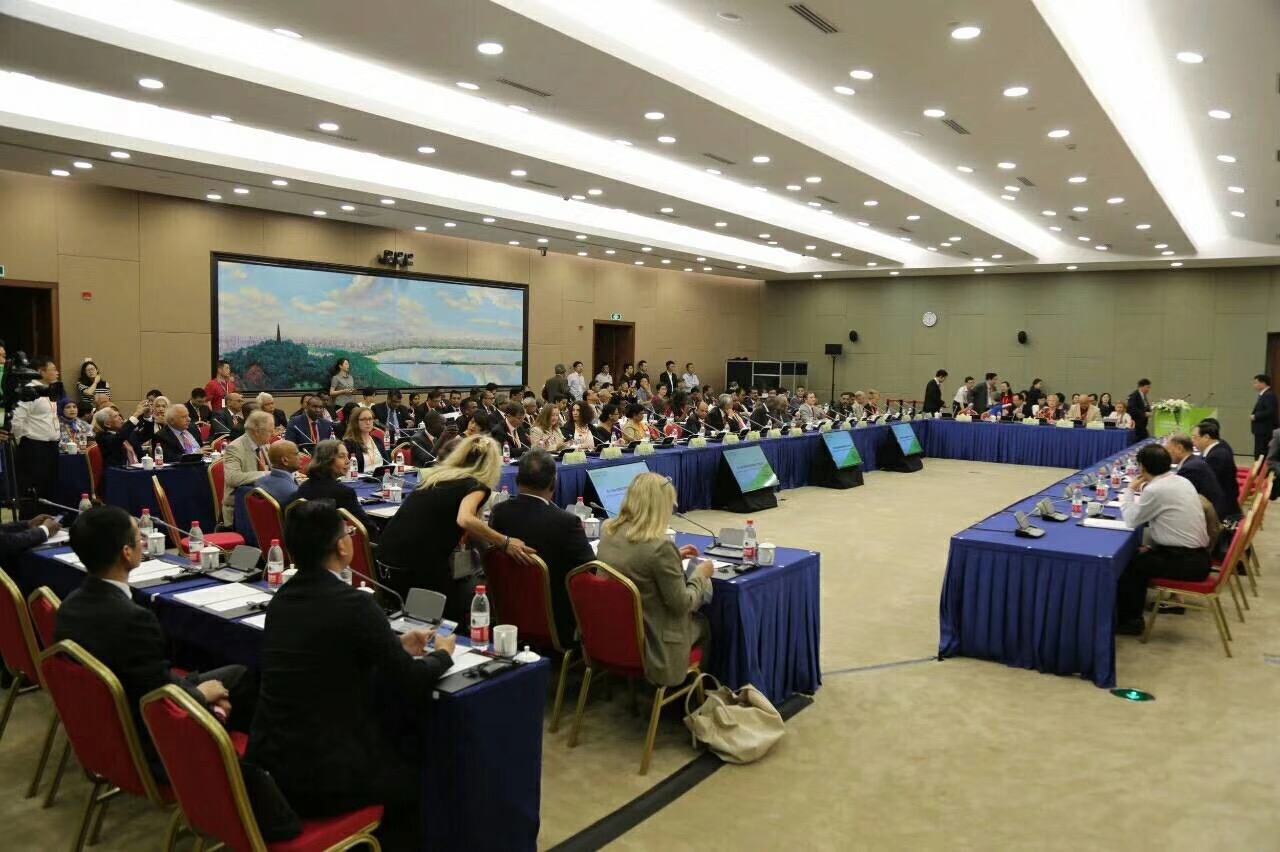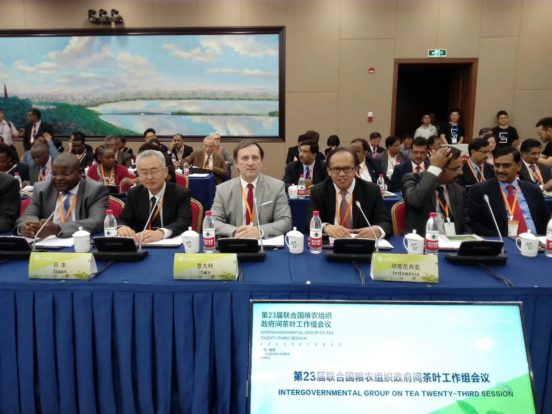FAO Tea Report 2018: increases the production and consumption of the Tea in the world
By Marco Bertona, Italy Director of World Tea Organization (WTeaO.org) and Dr. Xingcai Zhang (Dr. Tea), President, WTeaO.org
Strong demand from China and India driving the growth of consumption and production of tea in the world. But the new FAO report also warns of climate change threat to tea production
According to the new report launched by the Intergovernmental Gropu on Tea (IGG/Tea) of the FAO, global tea consumption and production are projected to keep rising over the next decade, driven by robust demand in developing and emerging countries. This will create new rural income opportunities and improve food security in tea-producing countries.
Tea consumption has grown particularly rapidly in China, India and other emerging economies, driven by a combination of higher incomes and efforts to diversify production to include specialty items such as herbal teas, fruit fusions, and flavored gourmet teas.
The report suggests that tea consumption has also benefited from increased awareness about the beverage’s anti-inflammatory, antioxidant and weight loss effects. Such health and wellbeing benefits are seen as the key drivers of future consumption growth.
Tea production set to increase
World production of black tea is projected to rise annually by 2.2 percent over the next decade to reach 4.4 million tonnes in 2027, reflecting major output increases in China, Kenya, and Sri Lanka – with this China would reach the output levels of Kenya, the largest black tea exporter in the world.
Global output of green tea is foreseen to increase at an even faster rate of 7.5 percent annually to reach 3.6 million tonnes in 2027, largely driven by China, where the production of green tea is expected to more than double from 1.5 million tonnes in 2015-2017 to 3.3 million tonnes in 2027.
Climate change impacts
The IGG/Tea report also warns that tea production is highly sensitive to changes in growing conditions. Tea can only be produced in narrowly defined agro-ecological conditions and, hence, in a very limited number of countries, many of which will be heavily impacted by climate change.
Changes in temperature and rainfall patterns, with more floods and droughts, are already affecting yields, tea product quality, and prices, lowering incomes and threatening rural livelihoods. These climate changes are expected to intensify, calling for urgent adaptation measures. In parallel, there is a growing recognition of the need to contribute to climate change mitigation, by reducing carbon emissions from tea production and processing.
The report, therefore, urges tea-producing countries to integrate climate change challenges, both on the adaptation and mitigation front, into their national tea development strategies.

Trendy product for young people
Global demand for tea is also benefiting from a new clientele. Young urban consumers in large producing countries like China and India have emerged as the fastest growing segment, eager not only to pay a premium for specialty teas but also curious to know more about the product they consume – its quality, origin, and contribution to sustainable development.
Young, upper-middle-class consumers are looking for fashionable products to be integrated into their lifestyles, which now also includes gourmet quality tea, and consuming them in the sophisticated environments of specialty tea shops and exclusive restaurants, hotels, and cafés.

Promoting health benefits to boost demand
While world tea consumption has increased over the last decade, traditional importing European countries, with the exception of Germany and Italy, have seen a decline in consumption levels. Overall, the European tea market is largely saturated. Per capita consumption has been declining for more than a decade, facing competition from other beverages, particularly bottled water.
Over the next decade, Western countries, in general, are expected to see lower consumption growth. In the UK, for instance, tea consumption is projected to decrease as black tea struggles to maintain consumers’ interest amid increased competition from other beverages, including coffee.
The report argues that the decline in tea consumption in the traditional European markets could be stalled or even reversed by diversifying into other segments, such as organic and specialty teas, and by promoting their health and wellbeing benefits.
The strategy of promoting the health benefits of tea has also proved effective for other markets. For example, loose-leaf tea is seeing new growth in the United States, not least as a result of increased public health consciousness.
This article is reported by Marco Bertona, Italy Director of the World Tea Organization (WTeaO.org), and president of ADeMaThè Tea Association of Italy, and Dr. Xingcai Zhang, President of World Tea Organization.
For those interested to have the full IGG/Tea Report, may make a request to the WTeaO.org Italian director, Italian IGG/Tea Delegate at the following address: [email protected]; [email protected]
In the picture:
Marco Bertona, Italian Delegate of the IGG/Tea, during the 23rd session of the FAO





Comments by wteao
Prof. Shen Dongmei`s New Book on Tea
Rajiv Rochan---“ambassador of tea” of India in China, India Director ...